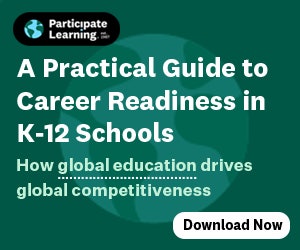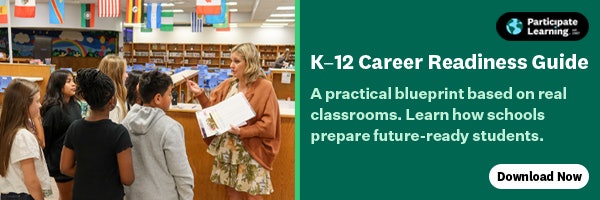
A new report from RAND and the Wallace Foundation looked at how prevalent summer learning programs are today across the country, and if they meet the standards of quality that had been outlined in a previous study, the National Summer Learning Project (NSLP).
The NSLP, funded by the Wallace Foundation, was a multi-year research project studying five districts and how voluntary summer learning programs combining academics and enrichment benefitted students.
The new report is based on surveys of a representative sample of K-12 school districts about what summer learning programming looked like in 2024, how that compared with programming offered the prior summer, and how closely programming adhered to the NSLP’s evidence-based design principles. It also anticipated funding challenges for summer 2025.
Key findings included:
- Eighty-four percent of school districts nationally offered programs in summer 2024—on par with the percentage of districts that offered programs in summer 2023.
- Although districts’ largest summer programs were typically free for families and offered at least three hours of academic instruction daily, only about one-third of districts’ largest summer programs met the other recommended academic quality indicators.
- In both summer 2023 and 2024, urban districts offered more summer programs than their suburban and rural counterparts and offered programs that met more quality indicators.
- About one-half of districts (56 percent) anticipate a decrease in funds for programs in summer 2025.





















